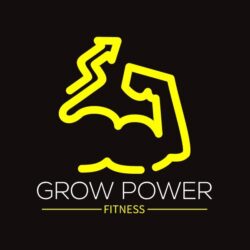Are you ready to embark on a journey to build strength, increase muscle mass, and improve overall fitness? Powerlifting, a strength-based sport, can be an excellent choice for beginners looking to transform their bodies and push their limits. In this article, we will provide you with a comprehensive powerlifting program designed specifically for beginners. Whether you’re new to lifting weights or have some experience, this program will guide you through the foundational principles of powerlifting and help you achieve your fitness goals.
1. Introduction to Powerlifting
Powerlifting is a strength sport that focuses on three main lifts: the squat, bench press, and deadlift. Unlike bodybuilding, which emphasizes aesthetics, powerlifting is all about lifting the heaviest weights possible. It requires a combination of strength, technique, and mental fortitude.
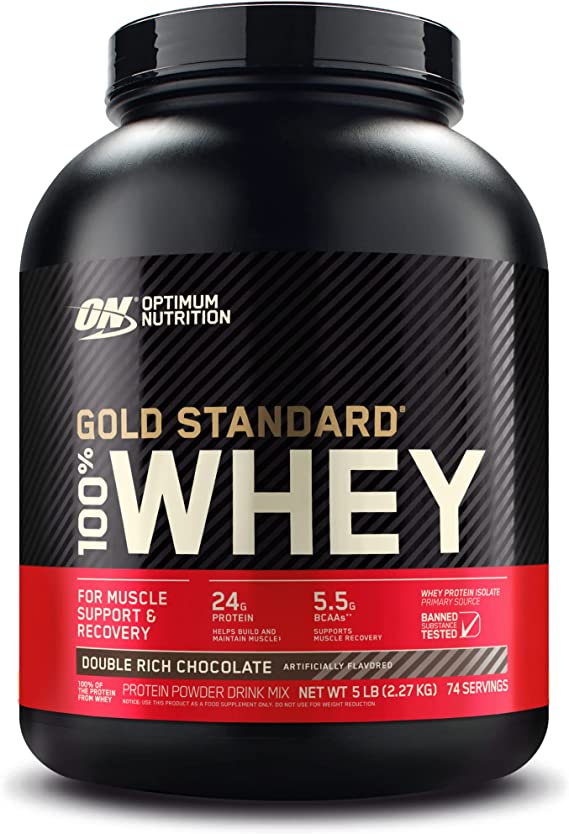
Optimum Nutrition Gold Standard 100% Whey Protein Powder, Double Rich Chocolate, 5 Pound (Packaging May Vary)
2. Understanding the Big Three Lifts
Squat
The squat is a compound exercise that primarily targets the muscles of the lower body, including the quadriceps, hamstrings, and glutes. It also engages the core muscles for stability. Proper squat form is crucial to prevent injuries and maximize performance.
Bench Press
The bench press primarily targets the muscles of the chest, shoulders, and triceps. It is performed lying on a flat bench and involves pressing a weighted barbell away from the chest. A strong bench press requires a solid foundation of upper body strength and stability.
Deadlift
The deadlift is a full-body exercise that works multiple muscle groups, including the back, glutes, hamstrings, and grip strength. It involves lifting a loaded barbell from the floor to a standing position. Mastering the deadlift requires a combination of strength, technique, and proper bracing.
3. Setting Goals and Tracking Progress
Before starting any powerlifting program, it’s important to set specific, measurable goals. This could include increasing your one-rep max (1RM) in each of the lifts or targeting a specific weight for a competition. Tracking your progress allows you to assess your improvement and make adjustments to your training as needed.
4. Warm-up and Mobility
Proper warm-up and mobility exercises are essential for injury prevention and optimal performance. Before each training session, spend 10-15 minutes performing dynamic stretches and mobility drills to ensure your muscles are adequately prepared for the upcoming lifts. Incorporate exercises such as leg swings, shoulder circles, hip openers, and foam rolling to improve flexibility and mobility.

Body Fortress Super Advanced Whey Protein Powder, Chocolate, Immune Support (1), Vitamins C & D Plus Zinc, 1.78 lbs
5. Week 1: Learning Proper Technique
In the first week of your powerlifting program, the focus should be on learning and practicing proper technique for each of the three main lifts. Start with lighter weights and perform multiple sets with a higher number of repetitions to reinforce proper form. Here’s a breakdown of the main lifts:
Squat
Begin by mastering the bodyweight squat to develop the correct movement pattern. Focus on keeping your chest up, knees tracking over your toes, and maintaining a neutral spine. Gradually add weight as you become more comfortable and confident with the movement.
Bench Press
Learn the proper setup and execution of the bench press. Position yourself on the bench, grip the bar slightly wider than shoulder-width apart, and lower the bar to your chest while keeping your elbows at a 45-degree angle. Press the bar back up to the starting position, engaging your chest and triceps.
Deadlift
Start by practicing the hip hinge movement pattern without any weights. Keep your back straight, hinge at the hips, and lower your torso while maintaining a slight bend in the knees. Once you’ve mastered the hip hinge, progress to using a barbell and gradually increase the weight.
6. Week 2-4: Building Strength and Endurance
During weeks 2 to 4 of your powerlifting program, focus on gradually increasing the weight and intensity of your lifts. Perform 3-4 sets of 6-8 repetitions for each exercise, aiming to challenge yourself while maintaining proper form. This phase is crucial for building strength and endurance.
Utilize progressive overload by gradually adding weight to the bar each week. However, always prioritize maintaining proper form over lifting heavy weights. Remember, quality repetitions are more important than quantity.

Creatine Monohydrate Powder | MuscleTech Platinum | Pure Micronized | Muscle Recovery + Builder for Men & Women | Workout Supplements | Unflavored (80 Servings)
7. Week 5-8: Increasing Intensity
As you progress into weeks 5 to 8, it’s time to increase the intensity of your workouts. This involves lifting heavier weights and performing fewer repetitions. Incorporate lower rep ranges (2-5 reps) and higher sets (4-6 sets) to push your limits and stimulate further strength gains.
Consider implementing techniques such as tempo training, where you focus on controlling the eccentric (lowering) and concentric (lifting) phases of each lift. This will enhance your mind-muscle connection and improve overall technique.
8. Week 9-12: Peaking Phase
In the final weeks of your powerlifting program, focus on peaking for a specific event or competition. This phase involves tapering down the volume of your training while maintaining intensity. Perform fewer sets and reps, allowing your body to recover and supercompensate.
During the peaking phase, it’s crucial to prioritize rest and recovery. This will ensure that your body is fully prepared for the upcoming event, allowing you to showcase your strength and performance at its peak.
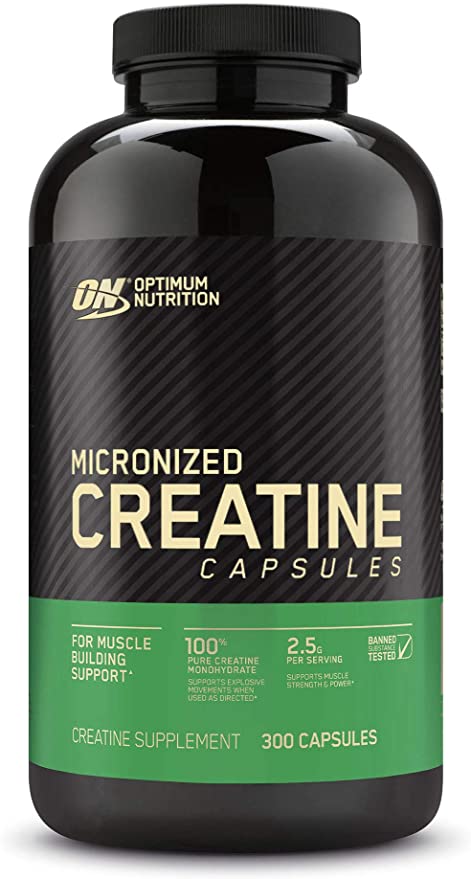
Optimum Nutrition Micronized Creatine Monohydrate Capsules, Keto Friendly, 2500mg, 300 Capsules (Packaging May Vary)
9. Accessory Exercises for Powerlifting
In addition to the main lifts, incorporating accessory exercises into your training can help strengthen specific muscle groups and address any weak points. Some effective accessory exercises for powerlifting include:
- Lunges and step-ups for leg strength
- Overhead press for shoulder stability
- Rows and pull-ups for back strength
- Tricep dips and push-ups for tricep development
- Core exercises such as planks and Russian twists
Include these exercises in your program based on your individual needs and weaknesses. However, remember that the main lifts should always be the primary focus of your training.
10. Nutrition and Recovery
To support your powerlifting journey, pay attention to your nutrition and prioritize recovery. Proper nutrition plays a vital role in fueling your workouts and promoting muscle growth and recovery. Aim to consume a balanced diet that includes an adequate amount of protein, carbohydrates, and healthy fats.
Protein is essential for muscle repair and growth. Include sources such as lean meats, poultry, fish, eggs, dairy products, legumes, and plant-based protein sources like tofu and tempeh. Carbohydrates provide the energy needed for intense workouts, so opt for whole grains, fruits, vegetables, and starchy sources like sweet potatoes and quinoa.
Don’t forget to incorporate healthy fats into your diet, which are important for hormone production and joint health. Avocados, nuts, seeds, olive oil, and fatty fish like salmon are excellent sources of healthy fats.
Hydration is also key. Drink plenty of water throughout the day to stay properly hydrated, especially during intense training sessions. It’s important to replenish lost fluids to maintain optimal performance.
In terms of recovery, prioritize getting enough sleep to allow your body to rest and repair. Aim for 7-9 hours of quality sleep each night. Additionally, incorporate rest days into your training schedule to prevent overtraining and give your muscles time to recover and grow.
Consider incorporating strategies like foam rolling, stretching, and light aerobic exercises to promote blood flow and reduce muscle soreness. Massage therapy or using tools like massage guns can also aid in muscle recovery.
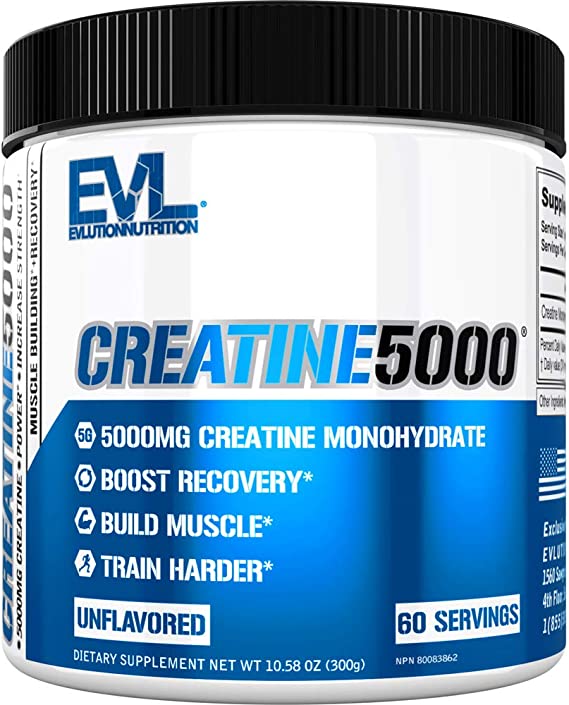
Evlution Pure Creatine Monohydrate Powder 5000mg Nutrition Pre and Post Workout Recovery Drink Mix Powder for Enhanced Muscle Mass Athletic Performance and Muscle Recovery – Unflavored
11. Common Mistakes to Avoid
When starting a powerlifting program, it’s important to be aware of common mistakes that beginners often make. Avoiding these pitfalls will help you progress safely and effectively. Here are a few mistakes to watch out for:
- Neglecting proper technique: Focus on mastering the correct form for each lift to prevent injuries and maximize performance. Don’t sacrifice form for the sake of lifting heavier weights.
- Overtraining: While consistency is essential, overtraining can lead to burnout and increased risk of injuries. Listen to your body and give it adequate rest and recovery.
- Lack of progression: To see continual progress, gradually increase the weight and intensity of your workouts. Plateauing can occur if you don’t challenge yourself enough.
- Poor nutrition: Fueling your body with the right nutrients is crucial for optimal performance and recovery. Avoid a diet lacking in protein, carbohydrates, and healthy fats.
- Ignoring accessory exercises: Don’t overlook the importance of accessory exercises. They help strengthen weak areas and enhance overall performance in the main lifts.
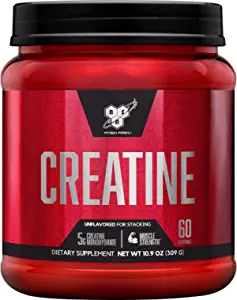
BSN Micronized Creatine Monohydrate Powder, Unflavored, 2 Months Supply-60 Servings
12. Frequently Asked Questions (FAQs)
FAQ 1: How many days a week should I train for powerlifting?
The recommended training frequency for powerlifting is 3-4 days a week. This allows for adequate recovery between sessions while providing enough training stimulus to make progress.
FAQ 2: Can women participate in powerlifting?
Absolutely! Powerlifting is a sport that welcomes individuals of all genders. Women can excel in powerlifting and achieve impressive strength gains.
FAQ 3: Do I need to use supplements for powerlifting?
Supplements are not necessary to succeed in powerlifting. However, some individuals may find certain supplements like protein powder or creatine beneficial for muscle recovery and performance enhancement. Consult with a healthcare professional before adding any supplements to your routine.
FAQ 4: Should I hire a coach for powerlifting?
Having a knowledgeable coach can be immensely helpful, especially for beginners. A coach can guide you on proper technique, programming, and provide personalized feedback and support.
FAQ 5: How long does it take to see results in powerlifting?
Results vary depending on individual factors such as genetics, training consistency, and nutrition. With dedicated training and proper programming, beginners can expect to see noticeable improvements in strength and muscle development within a few months. However, it’s important to remember that powerlifting is a long-term journey, and consistent effort over time will yield the best results.
13. Conclusion
Embarking on a powerlifting program as a beginner can be both exciting and challenging. By following a well-structured program that focuses on proper technique, progressive overload, and adequate recovery, you can build strength, increase muscle mass, and improve your overall fitness.
Remember to set realistic goals, track your progress, and prioritize proper nutrition and rest. Powerlifting is a sport that requires dedication, perseverance, and a commitment to continuous improvement. Stay consistent, stay focused, and enjoy the process of becoming stronger and more resilient.

Muscle Feast Creapure Creatine Monohydrate Powder, Vegan Keto Friendly Gluten-Free Easy to Mix, Mass Gainer, Muscle Recovery Supplement and Best Creatine for Muscle Growth, Unflavored, 300g
